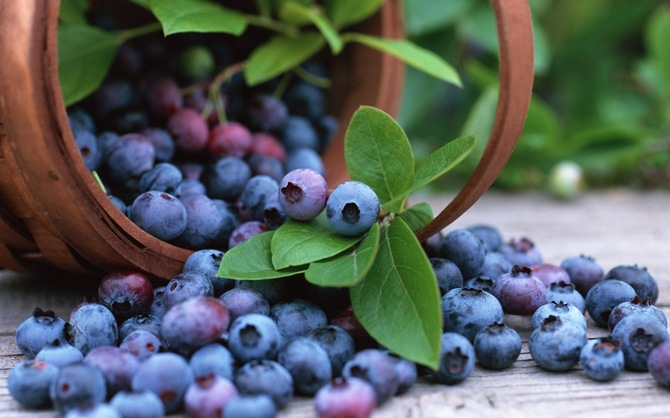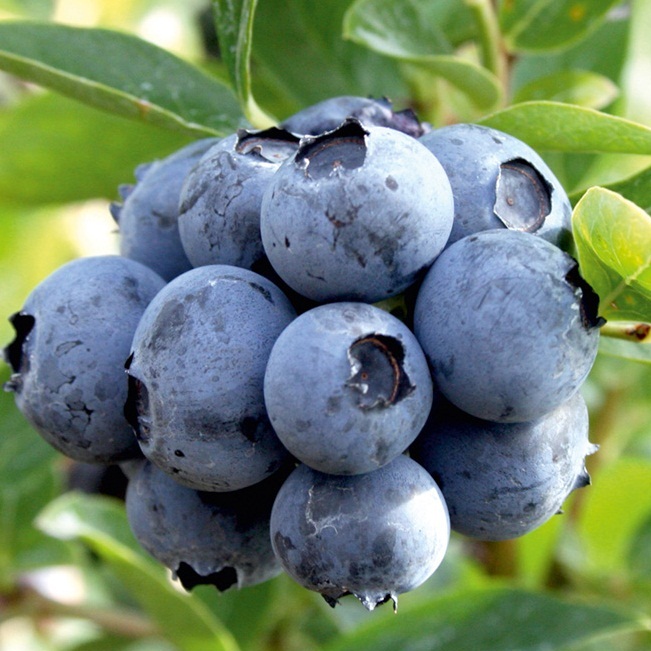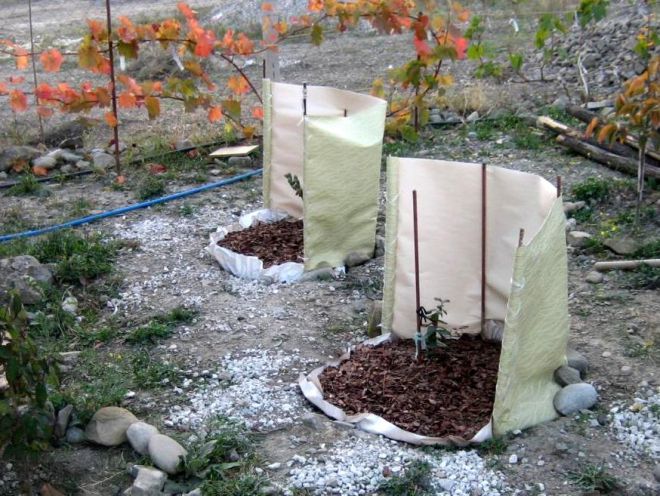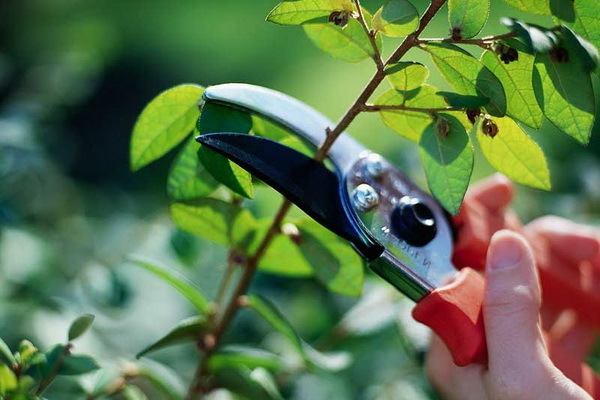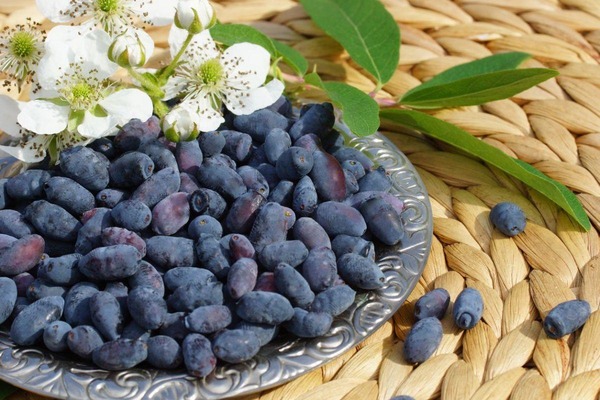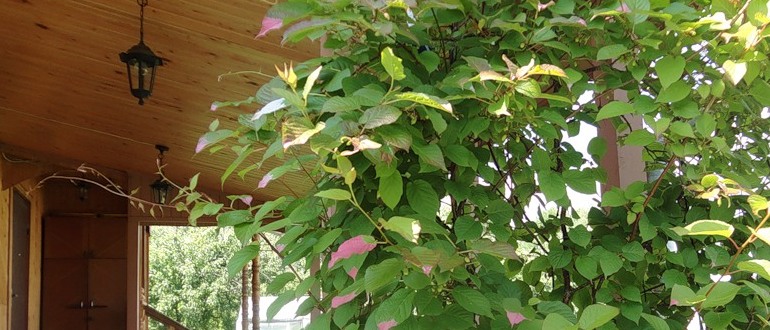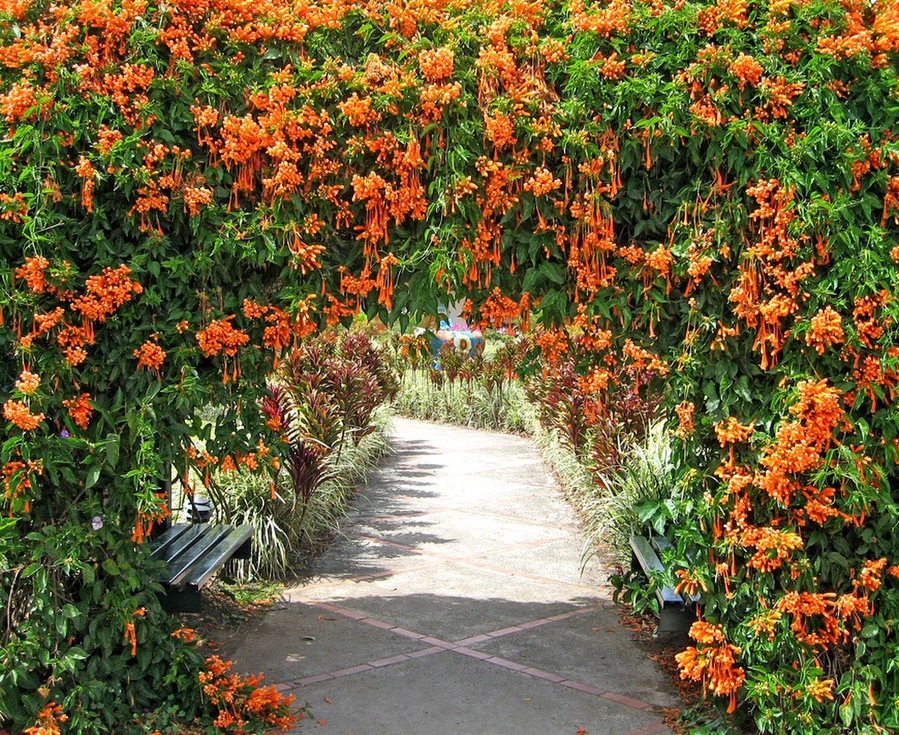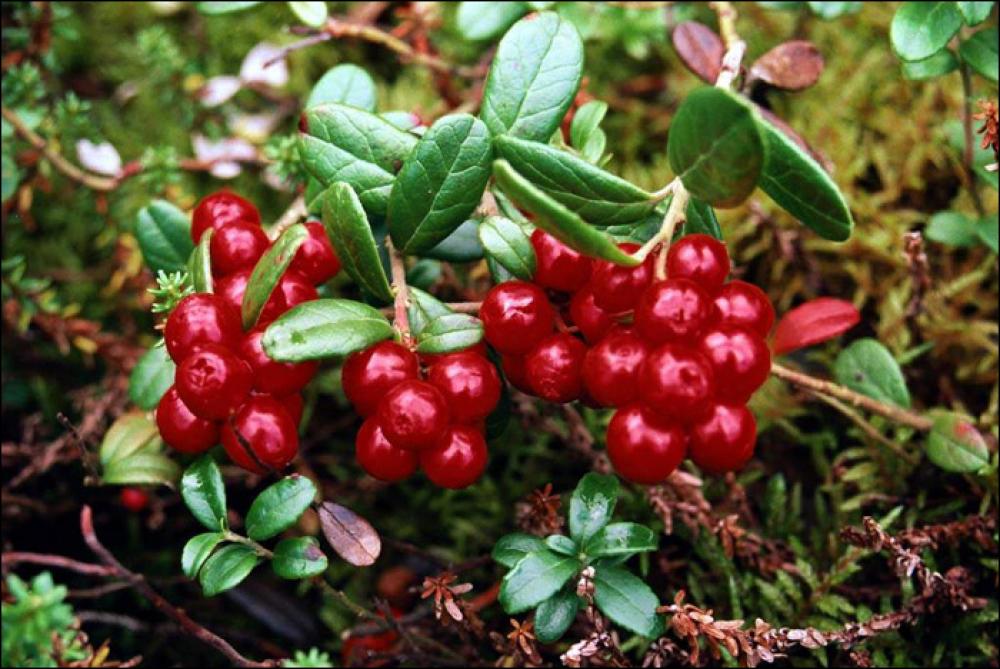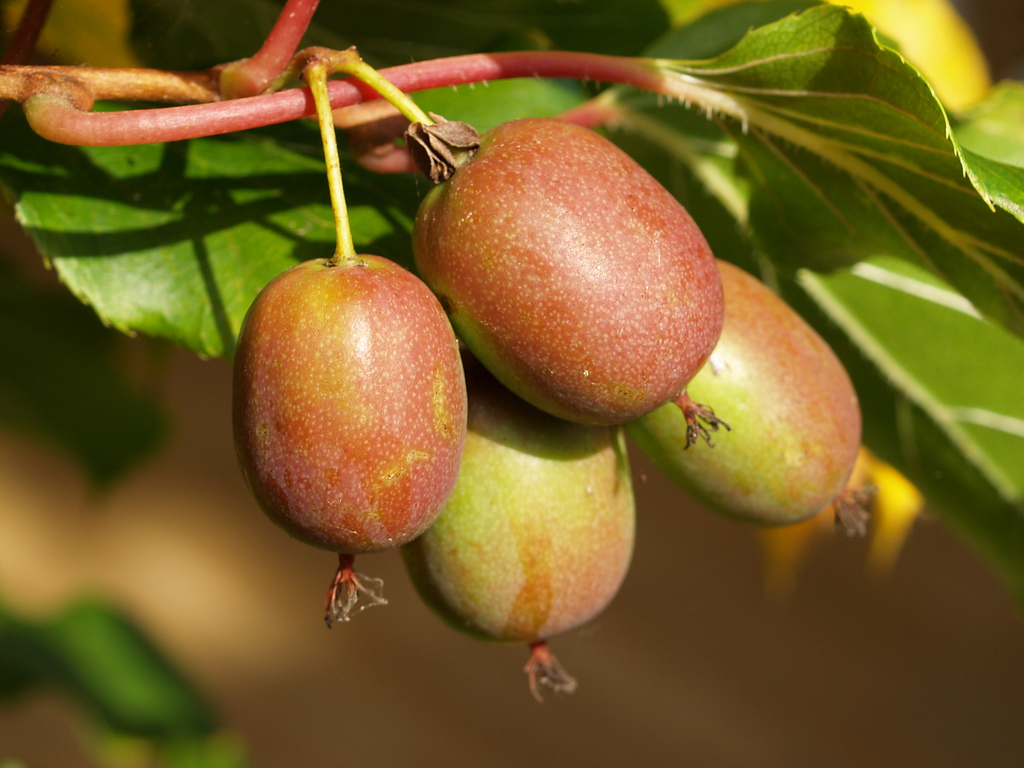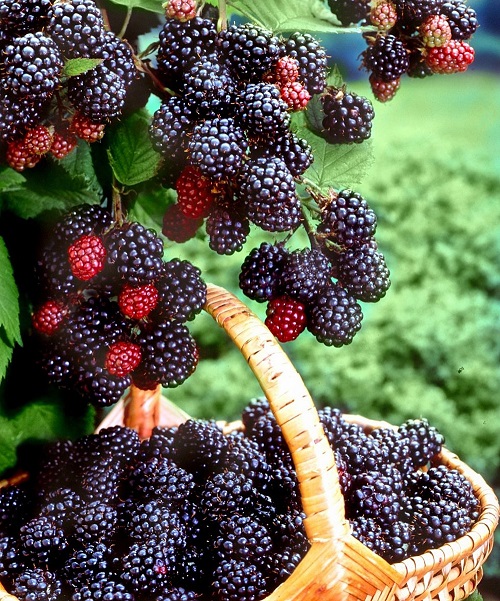Content:
Blueberries are one of the most useful and valuable berries in terms of their properties. It contains many useful substances, in particular, vitamins B2, B1, K, P, PP, iron, copper, zinc, ascorbic acid, pectins, amino acids. Blueberries are eaten raw, canned and frozen. It is ideal for making jellies, compotes, preserves. It is often added to baked goods, dairy products, various desserts, and some main dishes.
Where grows
Cultivated, blueberries can be found in almost every part of the world. It grows into:
- Russia - especially in Novosibirsk, in the upper belt of the Urals, Moscow region, Leningrad, Volgograd, Arkhangelsk regions, in the Far East, Siberia, Tundra;
- in North America, along the strip from Alaska to California;
- on the islands: British, Japanese, Iberian Peninsula, Iceland.
Those who are interested in where blueberries grow should be aware that different varieties of it can be found in every region of Russia, as well as in almost every region of Ukraine and Belarus.
Selection of varieties by region
It is possible to grow a good and fertile bush only if the variety is chosen successfully. So, shrubs that ripen late should not be planted in regions with short summers and harsh winters, for example, in the Far East or Siberia.
Garden blueberries with early (end of June) yield are suitable for the non-black earth zone of the Russian Federation, the Volga region, the Moscow region, the Urals. Breeders call the Patriot variety one of the best options for these regions. American specialists from New Jersey were engaged in its removal. The plant can reach 2 meters in height, it can survive severe frosts (up to -30 degrees), but only if the bush is properly looked after and insulated. The bush is resistant to late blight and plant cancer. It grows well in moderately moist soil and in sunny areas. The tall bush bears fruit in mid-June. The berries are dark blue in color and have a sweet taste. The diameter of ripe fruits exceeds 17-18 mm.
In regions with a warm climate, both common and garden blueberries can grow almost all summer. Therefore, in Ukraine, Belarus and the southern regions of Russia, gardeners can enjoy delicious berries for more than 3 months: from June to October.
A late-ripening variety that is very popular in these areas is Elliot blueberry. American specialists managed to withdraw it back in 1948. Since then, it has been actively used for commercial purposes. The height of an adult (from 4 years old) bush reaches 1.5-2 meters. In one season, the owners can get 5-6, and sometimes 8 kg of berries from it, each of which has a diameter of 12-14 (sometimes 15) cm. Fruits are distinguished by a sweet-sour taste.
Another variety that has worked well in warmer parts of the country is Duke. This is an ideal summer cottage option. It tolerates frost well, rarely gets sick, gives a good and early harvest. From one such bush, you can collect up to 8 kg of fruit. The diameter of only one berry reaches 18-20 mm.
Important! During the ripening period, the branches of the Duke blueberry need to be propped up and harvested in time, otherwise the branches may break badly.
The cool climate of the Far East and Siberia encourages blueberry breeding. Experts call the Aurora variety one of the best options for these regions.This garden blueberry can grow up to 130-150 cm in height, while planting and caring for the bush is not difficult. The undoubted advantage of the plant is its resistance to various diseases and pests. Aurora fruits are distinguished by their very sweet taste. They are purple-blue in color and have a sugar content exceeding 15.4%.
A garden variety like Huron is well suited for cool regions. Being not very lush, one bush can give up to 5 kg of berries. The fruits themselves grow up to 15 and even 19 mm in diameter, have a sour taste and a very fresh smell. Gardeners call their important advantage long-term storage of fruits.
Site preparation
Many are interested in the question of how to plant blueberries correctly. To successfully complete planting, first of all, you need to decide on the variety and place. A dacha is better for this plant: a bright and sunny area. Do not rely on a juicy and rich harvest if the bush is planted in the shade. It is better if the bush will be protected by artificial or natural barriers from sudden gusts of wind.
Soil and planting specifics
The plant grows well in acidic soils. Experienced gardeners are allowed to plant blueberries in the ground with an acidity level of 3.5-4.5 pH. As for the composition of the mail, the best will be: peat-sand or peat-loamy options.
Those who do not know how to plant blueberries in spring can use a step by step plan:
- Properly prepare the seedlings: 15 minutes before moving into the soil, dip the roots of the seedlings in clean cool (not cold) water. After that, remove and gently knead the earthen lump, slightly straighten the roots;
- Dig a hole about 60 by 60 cm in size. The optimum depth is half a meter;
- It is better to make both the walls and the bottom of the pit plump so that it is easy for the plants to release their roots;
- The gardener's instruction suggests acidifying the soil. To do this, a mixture of peat and sawdust, sand or pine needles is placed on the bottom of the pit. Also, 50 g of sulfur is added to these components and everything is mixed, tamped;
- Lower the seedling into the hole, spread the roots. The root collar should enter the ground by 3 cm. Cover with earth:
- At the end of the work, the seedling is watered.
The distance between the bushes cannot be less than half a meter for low-growing varieties and 1 m for tall ones. The distance between the rows is 3-3.5 meters.
Important! It is strictly forbidden to add organic substances to the pit.
In the same way as planting blueberries in spring with seedlings, planting is carried out in the autumn. True, in the second case, you additionally need to cut off weak branches.
Care
Caring for blueberries in spring and autumn involves several important activities: watering, feeding, pruning, wrapping, pest protection and disease control.
- Watering. Good fruits will be provided if the plant is watered at least twice a week. In a hot period, you need to spend 2 buckets of water for one bush: 1 in the morning, 1 in the evening. Most of all attention should be paid to this activity during the flowering period of the plant and the appearance of fruits, as well as if there are clear signs of moisture deficiency (yellowed or twisted leaves);
- Top dressing. Although blueberries are usually an unpretentious plant, they should be fed in early spring, as well as during the period of bud swelling and the appearance of fruits. The best means for this purpose will be: potassium sulfate, zinc sulfate, ammonium sulfate, magnesium sulfate, superphosphate;
- Pruning. Even before the buds begin to swell, every spring you need to trim off any shoots that have become frostbitten during the winter, as well as damaged, dry or too thin. This will help form a strong skeleton for the bush. There may be more pruning during the year if the bush is sick or injured;
- Wrapping. Should be carried out in areas with severe frosts.The procedure is performed after harvest. With the help of twine, the branches of the plant must be carefully bent to the ground, spread out on the site and fixed. You can cover the plant with burlap, and then spruce branches. Open only in spring.
Important! Do not cover blueberries with plastic wrap for the winter, because it interferes with air circulation and thus causes the death of the plant.
As for pests, birds most often eat blueberries. You can protect the fruits from them with a thin light mesh. Blueberries can be protected from caterpillars and insects by spraying with actellik or karbofos.
Most often, blueberry bushes suffer from fungal diseases. This is a consequence of stagnant moisture at the roots of the plant. Among the most popular diseases are: physalsporosis, botrytis, double spotting, stem cancer, fruit monoliosis and others. It will be possible to save the bushes from such ailments thanks to the treatment with topaz and Bordeaux mixture.
Reproduction
Reproduction of blueberries is possible both by seeds and vegetatively. In the first version with ripe berries, you need to carefully remove the seeds. They need to be slightly dried, and they can be sown in the garden in the fall. If planting is planned in spring, the seeds are kept in the refrigerator for at least 3 months before that.
Important! In order for the seeds to start, you need to provide them with optimal conditions: air humidity 40% and air temperature 22-25 ° C.
More chances that the plant will grow successfully if you use fertilizer: dig up the soil with peat and sand.
Another breeding method is by cuttings. This is a more efficient and faster option. Cuttings are harvested in late autumn, when all the leaves have crumbled from the bush. The root system is more likely to form if long cuttings are used. Their optimal length is 8-15 cm. Cultivation of blueberries in this way involves the preliminary keeping of the cuttings for at least one month at a temperature of 1 to 5 degrees Celsius. It is planted in a mixture of sand and peat. Subject to high-quality care, after 2 years, as a rule, a full-fledged seedling grows, which can be transplanted to a permanent place.
You can propagate the plant by dividing the bush. It is necessary to distribute in such a way that each of the parts has a rhizome with a length of 5-7 cm. The dug part is planted in open ground.
If you take care of blueberries correctly, the plant will annually present its owners with juicy large berries: at least 4 or as much as 8 kilograms in each season can be harvested from one bush.
